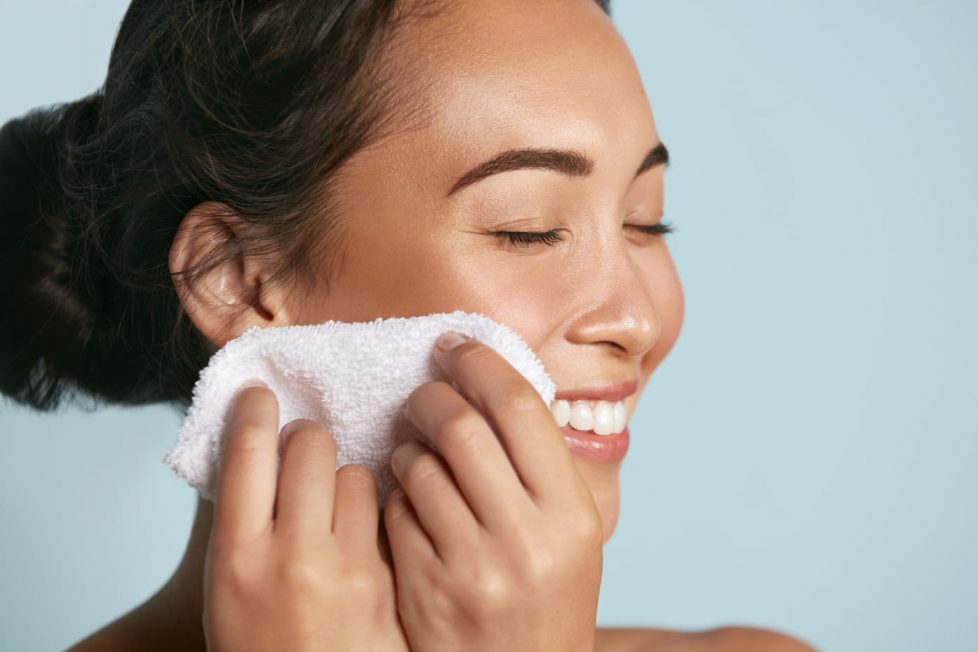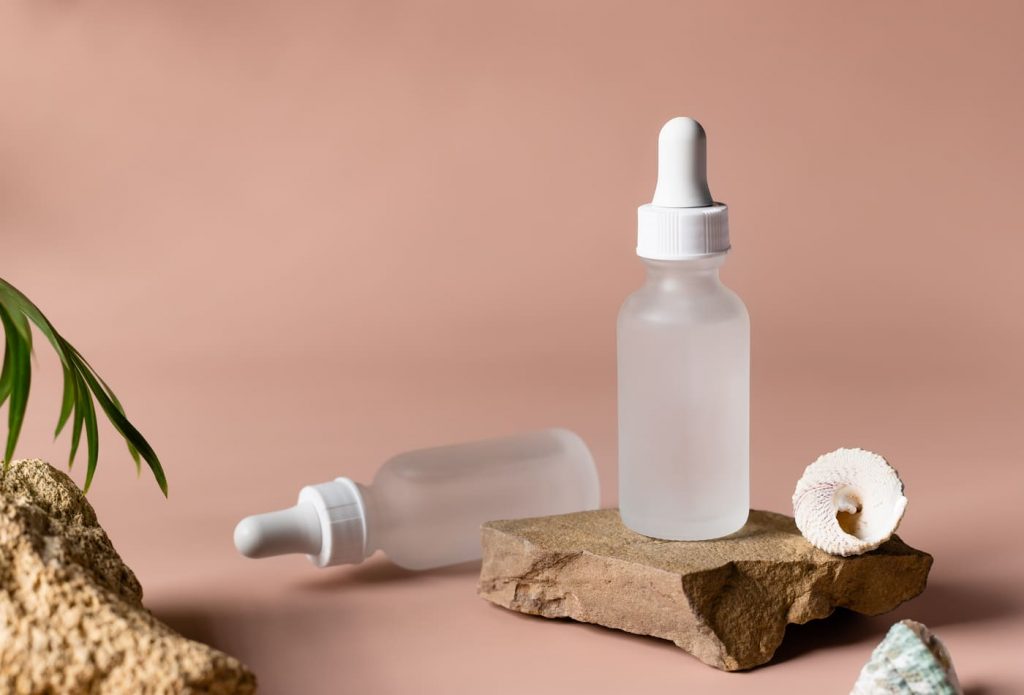The best products for clearing up acne
What to do when your face breaks out and how to clear up acne fast.

What to do when your face breaks out and how to clear up acne fast.

Many over-the-counter acne products are available to treat mild to moderate acne or periodic breakouts. They include cleansing lotions, gels, foams and towelettes, leave-on products, and treatments or kits. How do you know which one is best for you?
Before you decide, learn how acne products work and what ingredients to look for. Then develop a gentle skin care regimen to treat and clearing up acne.
The Food and Drug Administration warns that some popular acne products can cause a serious reaction, including throat tightness and swelling of the face, lips or tongue. This type of reaction is quite rare, so don’t confuse it with the redness, irritation or itchiness that may occur where you’ve applied such products.
Acne products work in different ways, depending on their active ingredients. Some products work by killing the bacteria that cause acne inflammation. Others remove excess oil from the skin or speed up the growth of new skin cells and the removal of dead skin cells. Some products do a combination of these things. The product that’s best for you depends on many factors, including your skin type, the type and severity of your acne, and your skin care preferences.
To clearing it up start with lower strength products. This can help minimize redness, dry skin and other skin problems. If needed, slowly — over several weeks — increase the strength of the product you use and how often you use it. This helps your skin adjust to the treatment gradually.
Use products with different active ingredients to treat stubborn acne. Ingredients work in different ways, so you may find it helpful to use varying products and ingredients to treat stubborn acne. Apply one product in the morning and a different one at night to prevent skin irritation.

This ingredient kills the bacteria that cause acne, helps remove excess oil from the skin and removes dead skin cells, which can clog pores. Benzoyl peroxide products are available in strengths from 2.5 to 10 percent. Possible side effects include dry skin, scaling, redness, burning and stinging, especially if you have sensitive skin. Be careful when applying benzoyl peroxide, as it can bleach hair and clothing. If you’re not sure which product to buy, start with one that contains benzoyl peroxide. It’s effective and well-tolerated by most people. Give it a few days before expecting to see results. Check product labels for the type and amount of its active ingredient.
This ingredient helps clearing up acne and prevent pores from becoming plugged. Salicylic acid products are available in strengths from 0.5 to 5 percent. Possible side effects include mild stinging and skin irritation.
Two types of alpha hydroxyl acids that are used in nonprescription acne products are glycolic acid and lactic acid. Alpha hydroxy acids are synthetic versions of acids derived from sugar-containing fruits. They treat and clearing it up by helping to remove dead skin cells and reduce inflammation. Alpha hydroxy acids also stimulate the growth of new, smoother skin. This helps improve the appearance of acne scars and gives the impression of smaller pores.
Sulfur removes dead skin cells that clog pores and helps remove excess oil. It’s often combined with other ingredients, such as salicylic acid, benzoyl peroxide or resorcinol. Products containing sulfur may cause dry skin. And some products have an unpleasant odor.
Retinol is naturally occurring Vitamin A, and is typically found in milder, over-the-counter products. To really work its magic, your skin cells must convert retinol into retinoic acid in order to produce its effects. This is why it takes a bit longer to see results than a prescription product (which goes through less conversions). All forms can give your skin a boost, but retinoids are considered the gold-standard when it comes to acne, since they act faster. Their greatest benefit: clearing it up and effectively sloughing off dead skin cells.
This powerful ingredient is known as the “mainstay of therapy for acne,” but research suggests that it isn’t used often enough to help treat and clearing it up. If your main concern is acne, you’re better off using a retinoid best suited for breakouts rather than a product advertised for anti-aging. Your dermatologist can prescribe several types, including adapalene, tazarotene, or tretinoin, many of which are offered in varying strengths to suit your skin type and needs.
Be patient. Clearing it up with products takes time and patience. It may take two or three months of daily use of an acne product to see results. And it may look worse before it gets better. Experiment with what works. You may need to try different products with varying active ingredients before you find what works for you.
